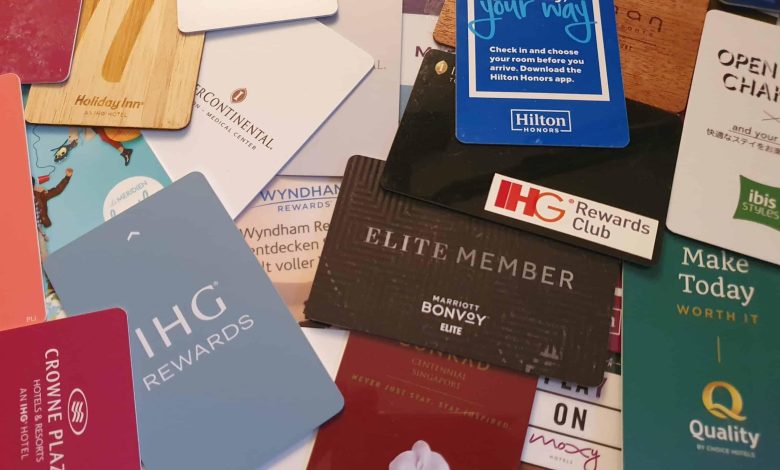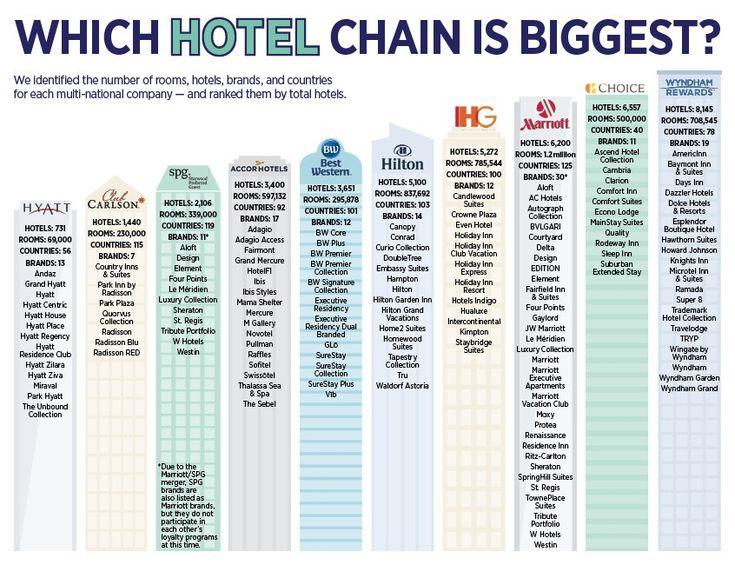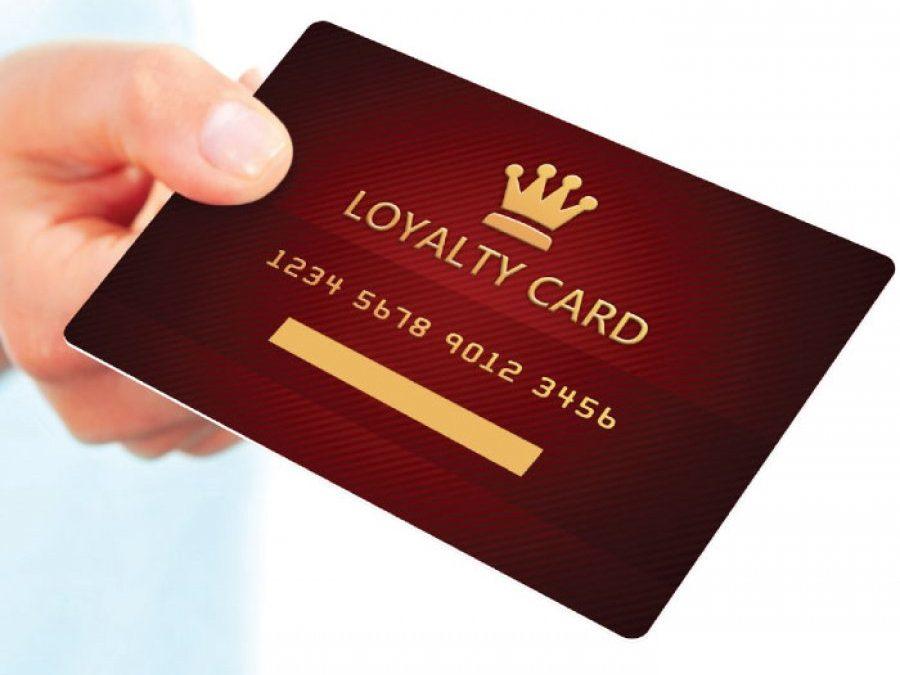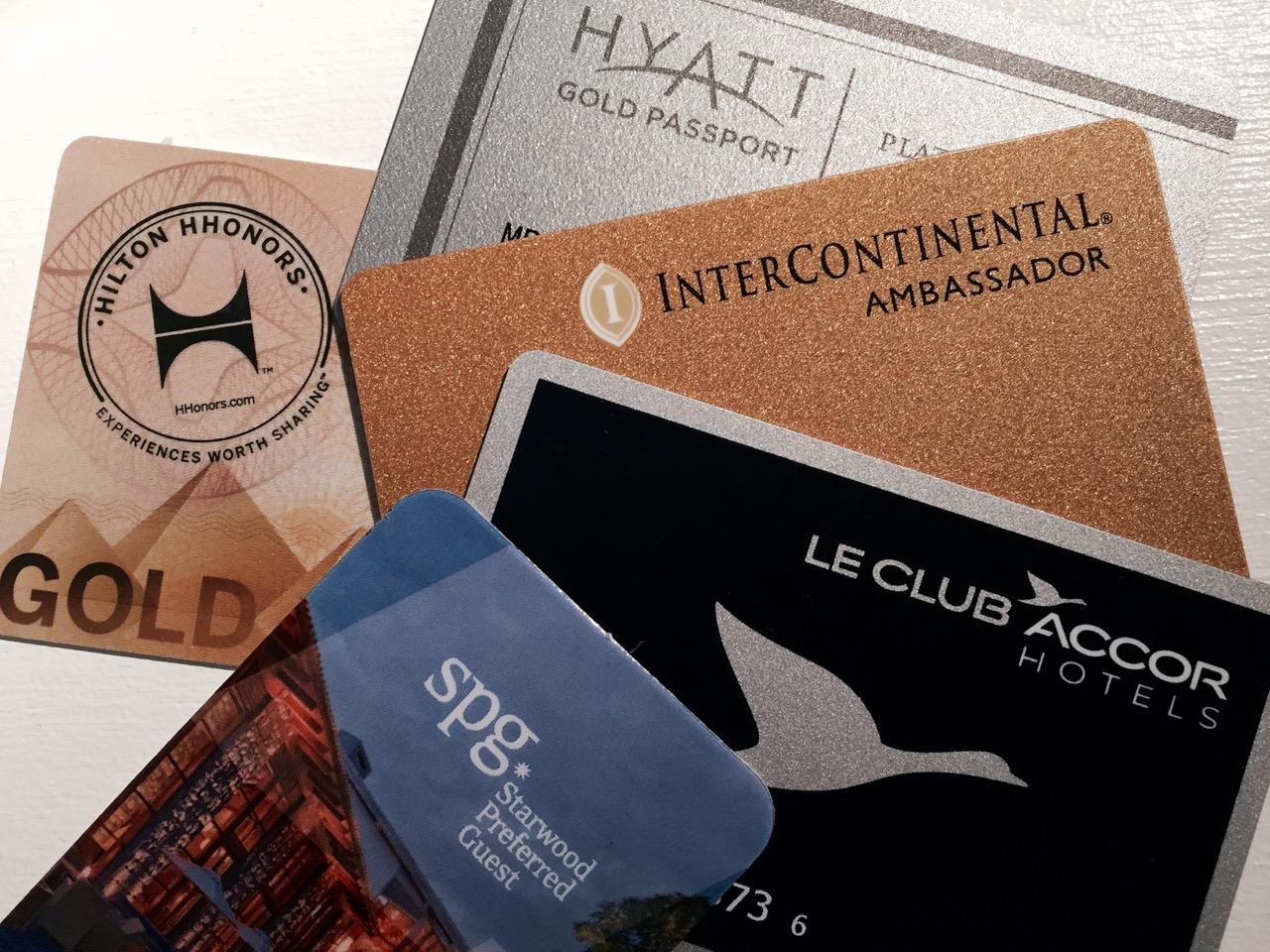
In an era where travel has become more accessible than ever, hotel reward programs have emerged as a beacon of loyalty, enticing travelers with the promise of exclusive perks and unforgettable experiences. These programs, often shrouded in the allure of free nights, room upgrades, and personalized services, have woven themselves into the fabric of the hospitality industry. Yet, beneath the glossy veneer of loyalty points and elite statuses lies a complex question: Are these reward programs sustainable in the long run? As we embark on this exploration, we delve into the intricate balance between customer loyalty and the financial health of the hotel industry, unraveling the threads that bind guests to brands and questioning the longevity of these enticing incentives. Join us as we journey through the corridors of hospitality loyalty, seeking to understand whether these rewards are a fleeting trend or a lasting fixture in the world of travel.
Evaluating the Economic Viability of Hotel Reward Programs
When analyzing the economic viability of hotel reward programs, several critical factors come into play. Firstly, the cost of maintaining such programs can be significant. These costs include not only the administrative expenses but also the discounts and free services provided to loyal members. However, the benefits are tangible; these programs can foster customer loyalty, increase booking frequency, and encourage higher spending per stay. By leveraging these programs, hotels aim to create a steady stream of returning customers who contribute to sustained revenue.
Moreover, the effectiveness of these programs hinges on their design and execution. Successful programs often feature:
- Tiered membership levels that incentivize continued engagement.
- Partnerships with airlines and car rental services to enhance value.
- Personalized offers based on customer preferences and behaviors.
A well-structured program can differentiate a hotel in a crowded market, but it requires continuous innovation to adapt to changing consumer expectations and technological advancements. As the hospitality landscape evolves, the challenge remains in balancing the costs with the potential long-term rewards these programs can deliver.
Understanding Customer Loyalty: A Double-Edged Sword
Customer loyalty in the hospitality industry can often be a paradox, acting as both a beacon of success and a potential pitfall. On one hand, loyalty programs are designed to foster a sense of belonging and appreciation, encouraging repeat business and increased customer engagement. These programs offer perks such as:
- Exclusive discounts and offers
- Free upgrades and amenities
- Early check-ins and late check-outs
However, the financial sustainability of these reward programs remains a pressing concern. While they can drive immediate revenue and build a dedicated customer base, they often lead to increased operational costs. Balancing the allure of enticing rewards with the bottom line requires strategic foresight and adaptability. Hotels must continuously evaluate the value these programs bring versus their cost, ensuring they remain viable without sacrificing quality or service.

Balancing Costs and Benefits in Reward Program Structures
Designing a reward program that effectively balances costs and benefits is akin to crafting a delicate symphony, where each note must harmonize to create a sustainable masterpiece. Hotel reward programs need to offer enticing benefits that attract and retain guests while ensuring the financial viability of the program. To achieve this balance, hotels must consider various factors such as the frequency of rewards, the value of points, and the tiers of membership.
Key strategies include:
– Dynamic Pricing Models: Adjusting point values based on seasonality and demand.
– Tiered Membership Benefits: Offering escalating rewards to incentivize loyalty over time.
– Partnerships with Other Brands: Enhancing the program’s value through collaborations with airlines, car rentals, and local attractions.
These elements help create a reward program that is not only attractive to guests but also sustainable for the hotel in the long run, ensuring that both parties reap the benefits of their mutual relationship.

Strategies for Enhancing Long-Term Sustainability in Hospitality
In the evolving landscape of hospitality, ensuring long-term sustainability requires a multi-faceted approach. Hotels must balance rewarding loyal customers with environmental and economic considerations. One effective strategy is to integrate eco-friendly practices into the reward programs. For instance, offering incentives for guests who opt for digital check-ins, participate in linen reuse programs, or choose eco-friendly transportation options can significantly reduce the carbon footprint while enhancing guest loyalty.
Moreover, aligning reward programs with community-focused initiatives can foster a deeper connection with guests. Consider offering loyalty points for guests who participate in local cultural tours or contribute to community projects. This not only supports local economies but also enriches the guest experience. To ensure these strategies are sustainable, hotels should continuously evaluate their programs through:
- Regular feedback from guests to tailor rewards to their evolving preferences.
- Collaborations with local businesses to offer unique and authentic experiences.
- Investments in technology to streamline program operations and enhance personalization.



